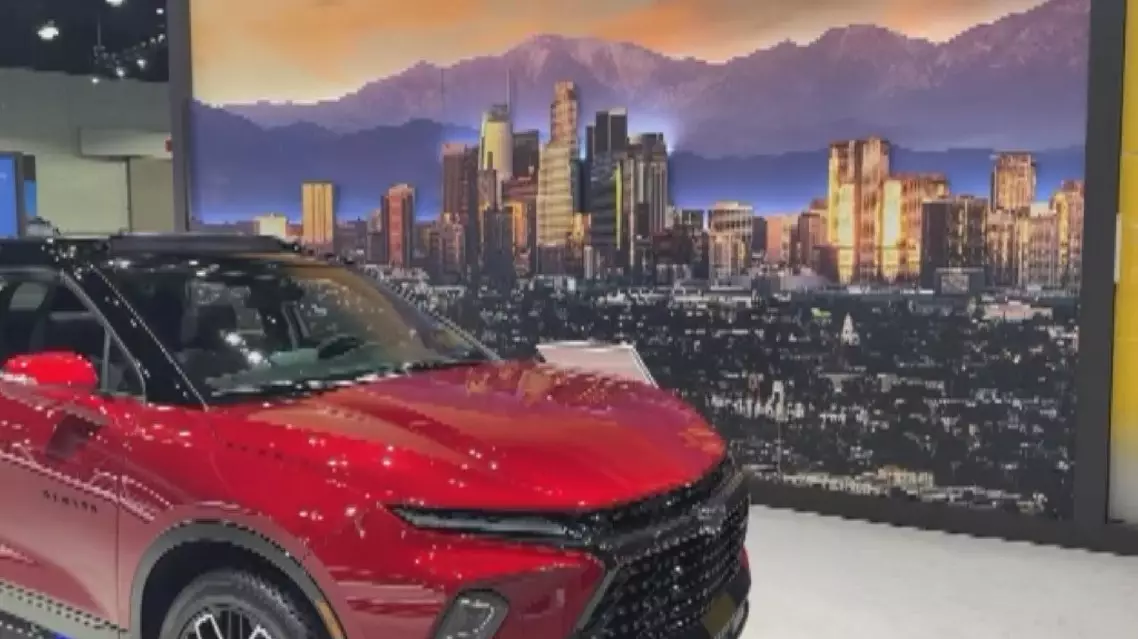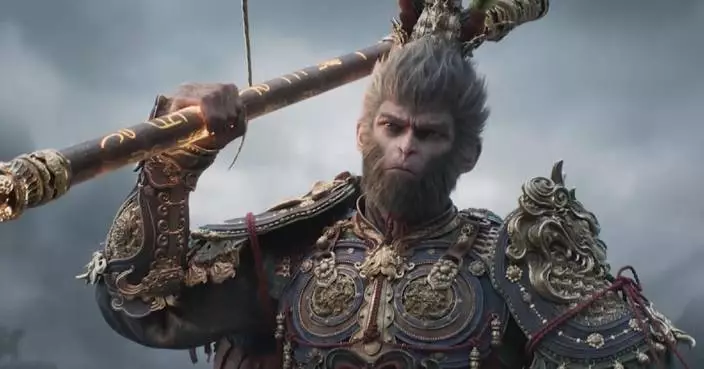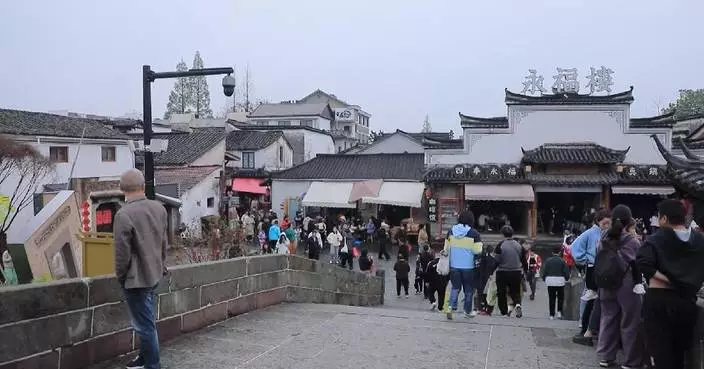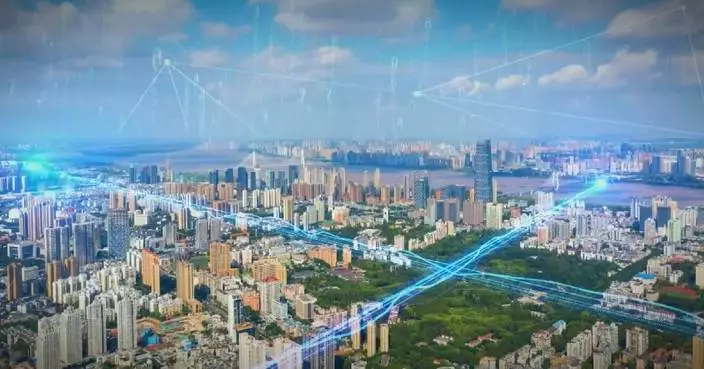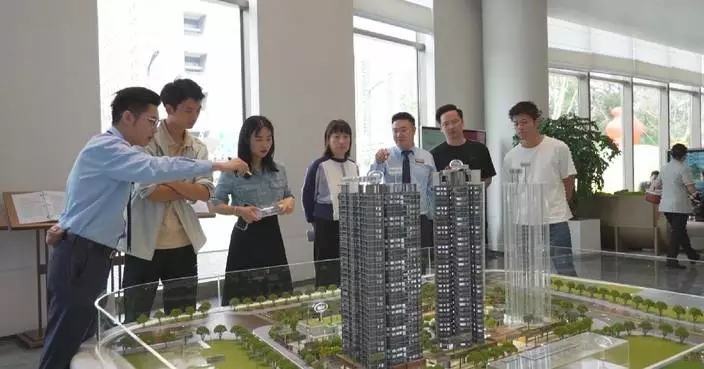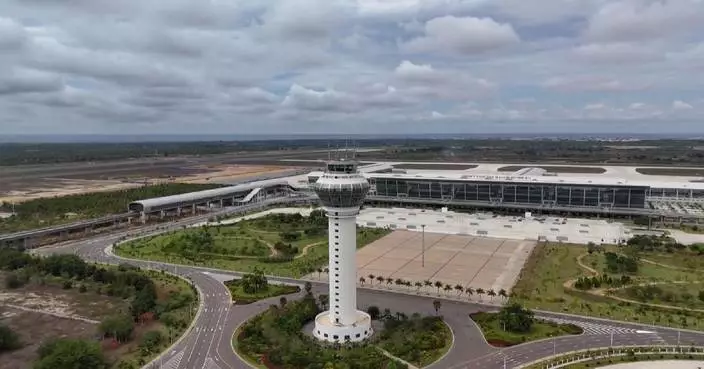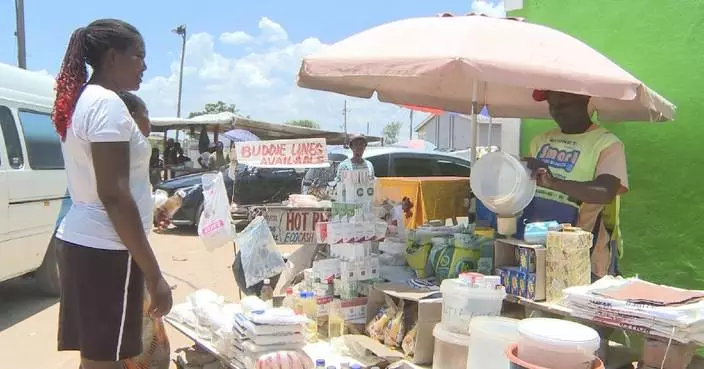Peru's incumbent government aims to improve national cohesion through infrastructure, an objective that stands to benefit from China's Belt and Road Initiative (BRI), said Peruvian President Dina Boluarte.
Speaking in a recent interview with China Global Television Network (CGTN), the president commented on the significance of a monumental five-hour speech she delivered at an event to commemorate Peru's independence on July 28.
I spent five hours explaining to the entire Peruvian people what we had done in the past year and a half since we assumed the reins of government. Why do I put more emphasis on infrastructure? As I just said, we want to strengthen national cohesion. We still need at least 30 or 40 years. There is still a lot to do. The most important thing now is the connectivity across the country," Boluarte said.
A key achievement in this regard is the opening of the Chancay Port on November 14. Built by China's COSCO Shipping as a key BRI project, the megaport stands to slash shipping time and costs between China and South America.
"If we want to export more agricultural products and mineral products through the Chancay Port, we need to promote connectivity, through the construction of roads, bridges and airports. We must build roads or railways. If we can travel by car or train, it will greatly shorten the time of people to reach the rainforest areas," said the Peruvian president.
"We hope to open up economic corridors on a wider scale to connect our economic industries and realize the promises we made to all Peruvian people. We want to make Peru different from when we took over, even if it's only a small improvement," she said.
Boluarte lauded China for setting a good example for developing countries and always keeping the door open to cooperation.
"I believe that the Belt and Road Initiative proposed by President Xi Jinping provides an example worth learning from in terms of the principle of mutual respect, fairness and justice, and maintaining peace. It is an example that we emerging countries should learn from. Peru will continue to participate in the process of Belt and Road cooperation. Based on this model, Peru will continue to promote the expansion of financial markets and the development of emerging countries," the president said.
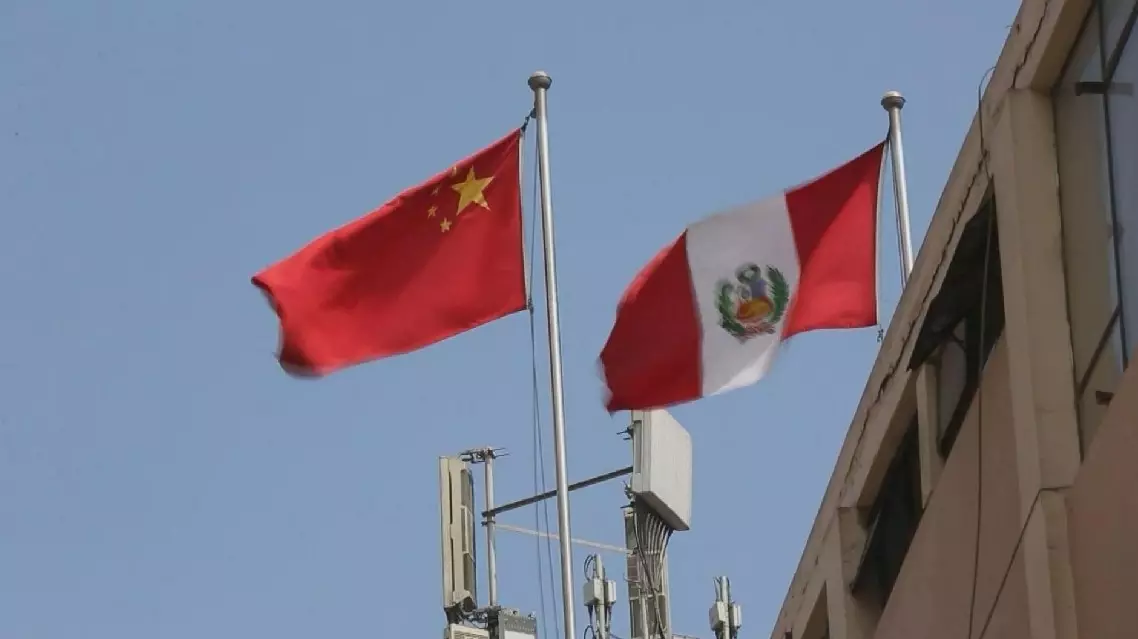
Peru to further improve infrastructure, expand exports under BRI: president
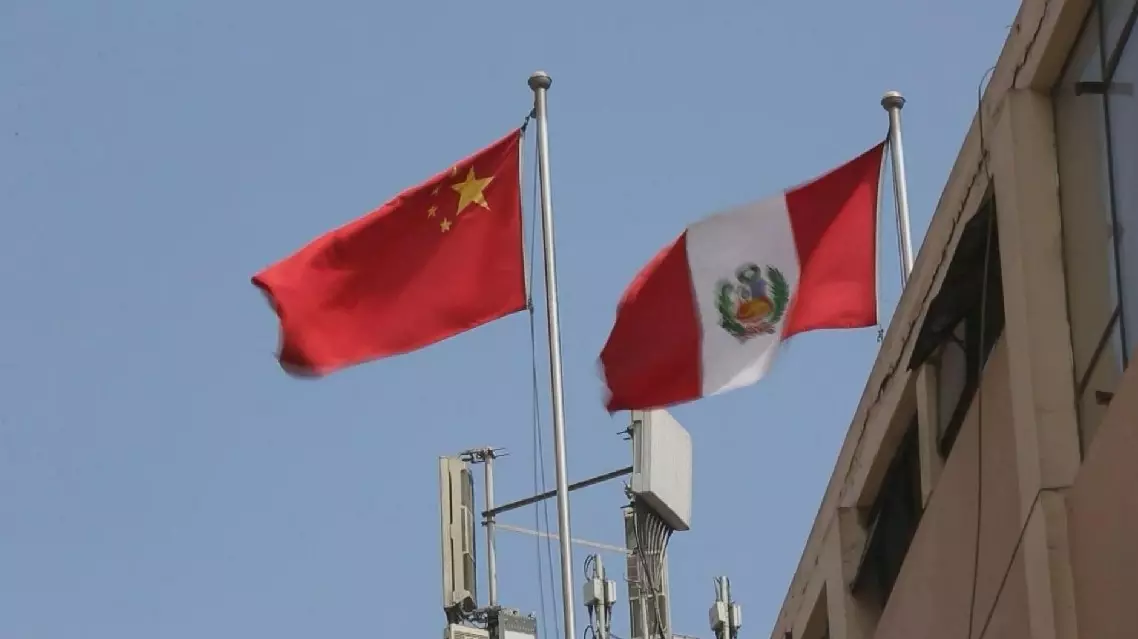
Peru to further improve infrastructure, expand exports under BRI: president


